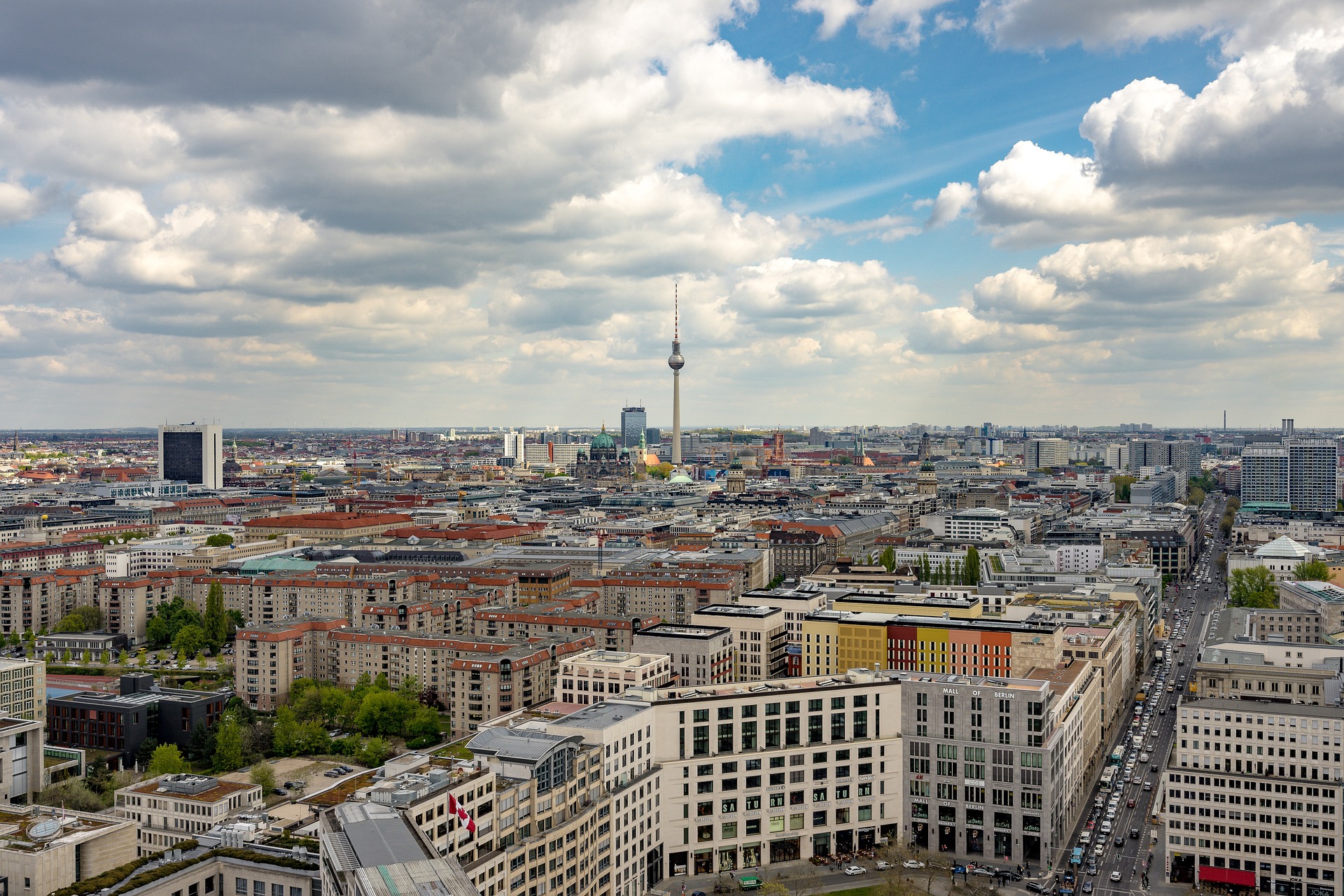Speaking on the sidelines of COP 26, which took place from October 31 to November 12 in Glasgow (Scotland), the biopharmacy industry affirmed its commitment to prevent global warming. “We are investing in the research and development of more environment-friendly products, and in more sustainable production and distribution practices,” say a group of ten or so organizations from the sector.
Their members are already working “on initiatives to reduce carbon emissions within (their) own operations and value chains, invest in renewable electricity and energy efficiency measures, recycle and reduce the consumption of water, and implement tailor-made projects with a positive environmental impact.”
According to Kirsty Reid, Director of Science Policy at EFPIA (European Federation of Pharmaceutical Industries and Associations), one of the signatories, “since 2015, some firms have already cut their emissions by 20 to 30% and will be carbon neutral well before 2050.”
“It’s very encouraging to see firms tackling climate change proactively and shifting to a circular economy by reducing waste and reusing energy for example,” says Kirsty Reid, Director of Science Policy at EFPIA (European Federation of Pharmaceutical Industries and Associations)
UCB and AstraZeneca have respectively installed a combined heat and electricity production system and several heat pumps, thereby substantially reducing their consumption of natural gas. Likewise, in the past five years, Sanofi has slashed its CO2 emissions by 40% and saved 22,000 tons of CO2, simply by reducing the leakage of refrigerants from its coolers. Other firms, such as Lundbeck, have switched from fossil fuel to bioenergy, thereby reducing their carbon footprint by 16% per year. The Janssen plant in Belgium is now using geothermal energy to heat and air condition all of its buildings.
Significant progress has also been made in the firm’s processes and packaging, and in the monitoring of carbon emissions at each stage of the value chain.
Pharmaceutical firms are mobilizing around the LEEM
The LEEM (the industry association that represents pharmaceutical firms operating in France) and its 270 members have also signed the statement. In recent years, they have formed a group of manufacturers devoted to the global warming issue, with the aim of sharing environmental best practices and supporting businesses – particularly microbusinesses and SMEs – in their initiatives. A tool has been developed for assessing their carbon footprint, along with a reference framework to identify CO2 emission items. Unlike firms with more than 500 employees, small and medium-sized businesses are not required to establish a carbon inventory. Despite their best intentions, they sometimes lack the necessary skills and expertise, hence the importance of such support.
In addition, the fourth edition of the LEEM’s CSR awards will take place on December 2, 2021 and will again reward pharmaceutical firms for their innovative and virtuous practices in the “Environment” category.
“The LEEM is one of the first industry associations to have organized collective initiatives in the environmental field and, more generally, corporate social responsibility to reinforce synergy around shared national and international goals,” says Thomas Borel, Scientific Director at the LEEM.
Numerous initiatives are being undertaken in France too. Sanofi – with its Planet Mobilization program –, Novartis, Ibsen, and Novo Nordisk are just some of the many laboratories in France that have introduced ambitious policies to reduce their carbon emissions and even to achieve carbon neutrality at some point in the future (between 2025 and 2040 for most of them).
“For pharmaceutical firms, protecting the environment means striking a delicate balance between product quality and safety on the one hand and environmental impact on the other,” explains Thomas Borel. For example, drugs must be kept in appropriate packaging to ensure they are safe. Packaging reduction goals must therefore be compatible with the public health mission of such firms.
Another significant challenge is making sure that subcontractors share the same environmental goals (transport, storage, distribution, etc.).
While this is a complex issue, French government incentives and regulations are moving in the right direction, and the health industry is taking every opportunity to accelerate the trend.







